A line in the sand: snapshots of life in Kalmykia, Europe’s only man-made desert
In southwestern Russia, a desert is growing. Since the 1970s, large swathes of land have been swallowed by sand, mostly in the region of Kalmykia, where St Petersburg-based photographer Sergey Nazarov travelled in 2017 to capture the region’s shifting landscape.
“If you look at Russia on Google Maps, you’ll be able to see Kalmykia straight away: it’s coloured a sandy yellow, while the rest of the territory is green. It is the driest and hottest place in the country. I’ve never seen such a flat and empty landscape in Russia,” Nazarov recalls.
Unregulated grazing is considered to be the greatest cause of Kalmykia’s desertification. Historically, land in the region was inhabited by nomadic ethnic Kalmyks, whose constant movement gave delicate pastures the chance to regrow and revive. The imposition of Soviet-style collective farming, however, saw the land deteriorate. Cattle ate the plants that served as a natural barrier against the desert, and, by 1986, most of Kalmykia had been reclaimed by the sand.
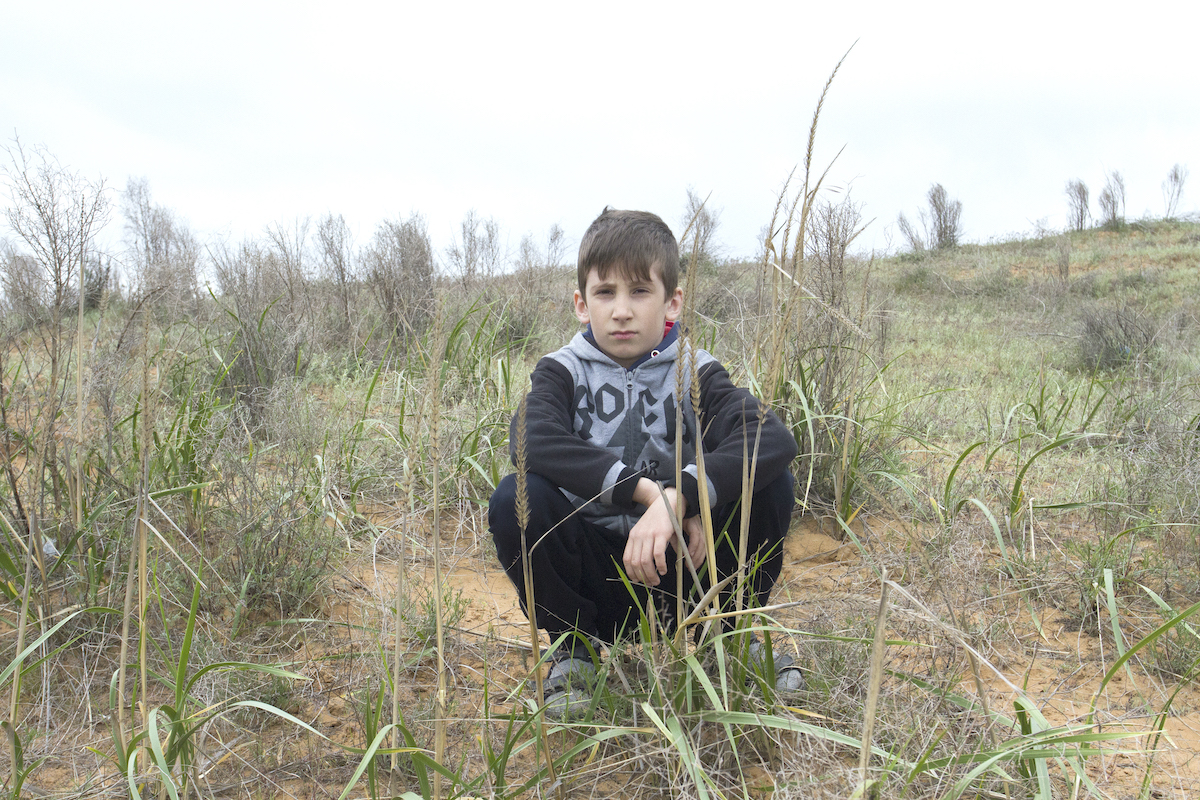
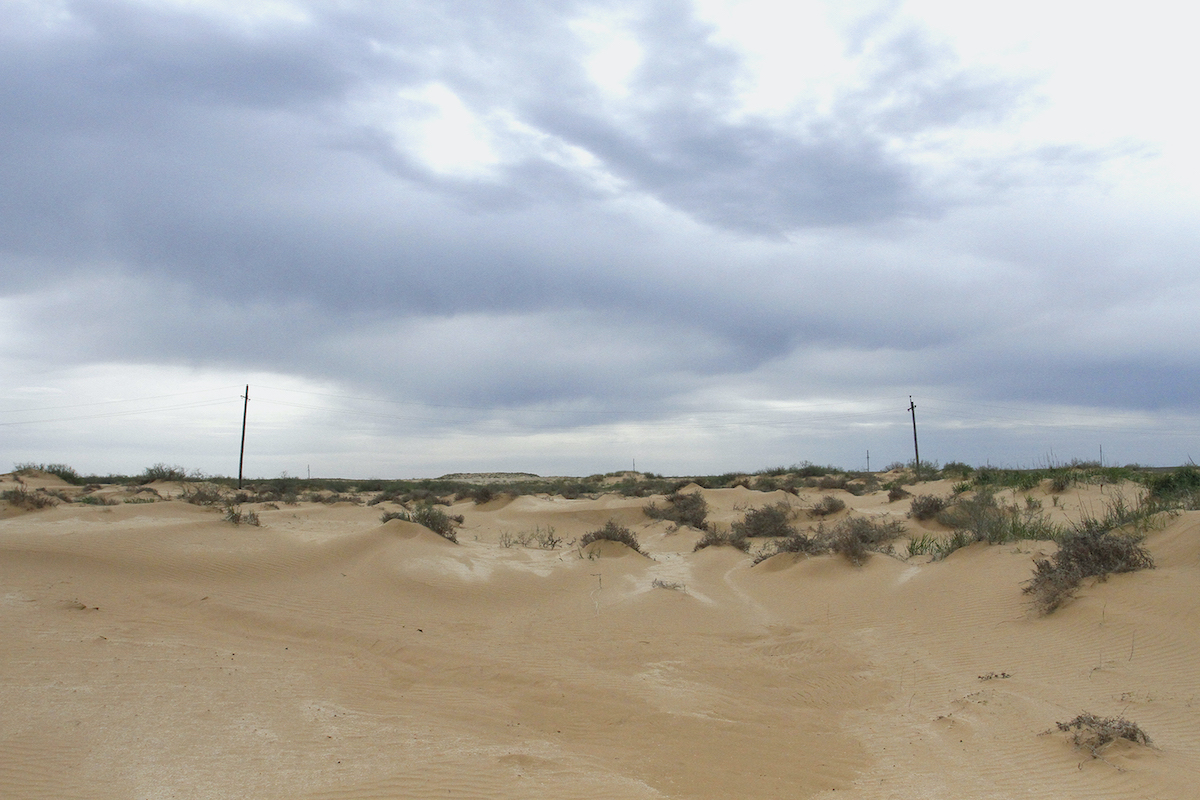
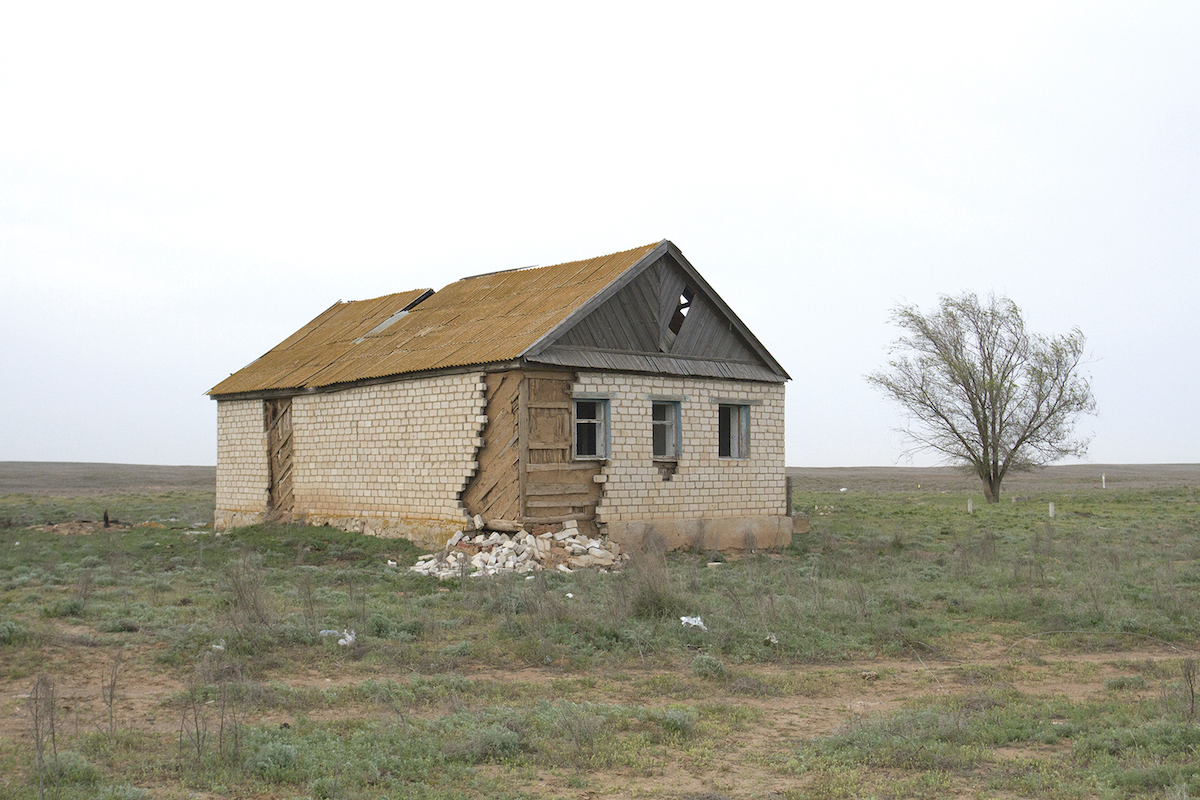
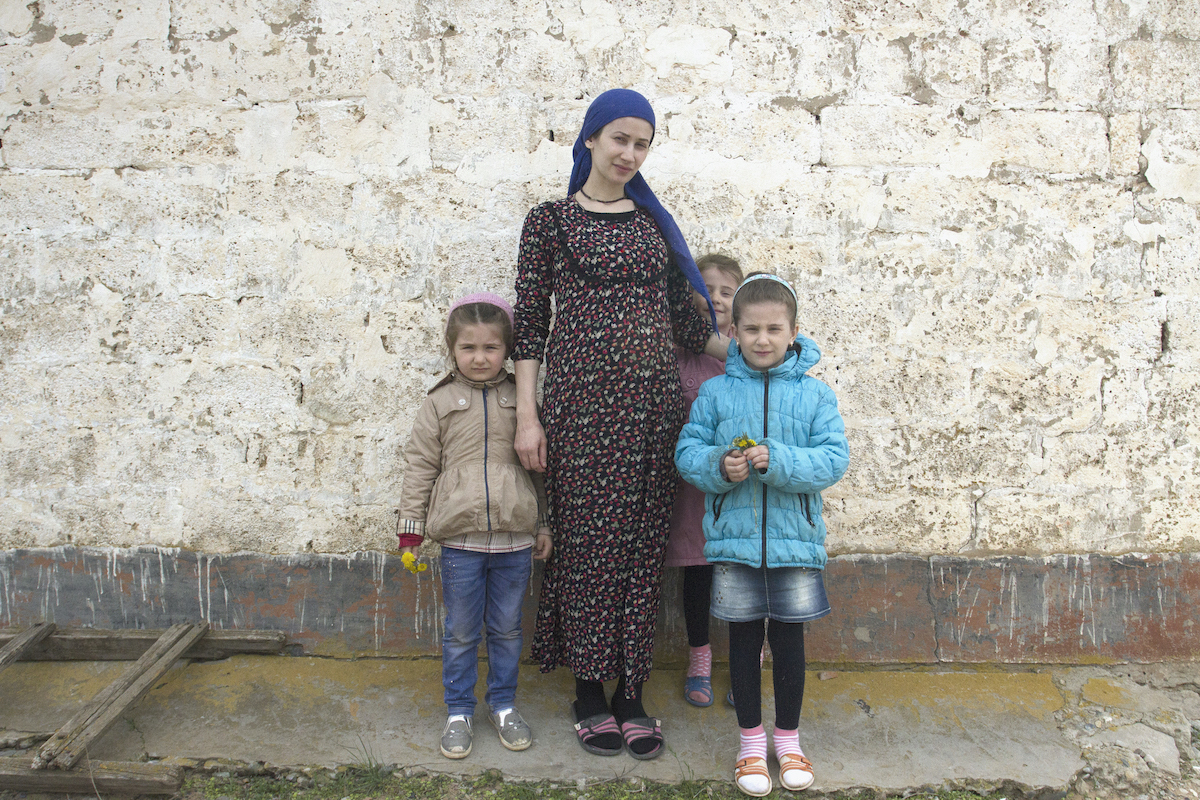
Nazarov’s images were taken mainly in eastern Kalmykia, not far from the towns of Utta and Khulukhta, in an area known as the Black Sands. Here, Nazarov spent several days with a Dagestani family he met on the road. They lived next to a barkhan, a large crescent-shaped dune. On windy days, they’d find the house half-buried in sand. Even when the weather settled, the family were confronted by other problems, such as the region’s lack of water. “Water was delivered from big cities in tanks and the family was very economical with it. Local wells have either dried out or are not usable due to a high level of serum in the water,” Nazarov says.
When he ventured further out, Kalmykia’s flat and treeless landscape often made it difficult for Nazarov to orientate himself, leaving him both “lost and inspired to keep walking and see what lies beyond the horizon”. Such empty expanses would in turn lead to strong winds and sand storms that would keep locals locked at home for days. Kalmykian farmers have been planting juzgun, a desert bush from Central Asia, in an attempt to create natural barriers and stop the desertification, but consequent years of drought and strong fires have practically nullified their effort.
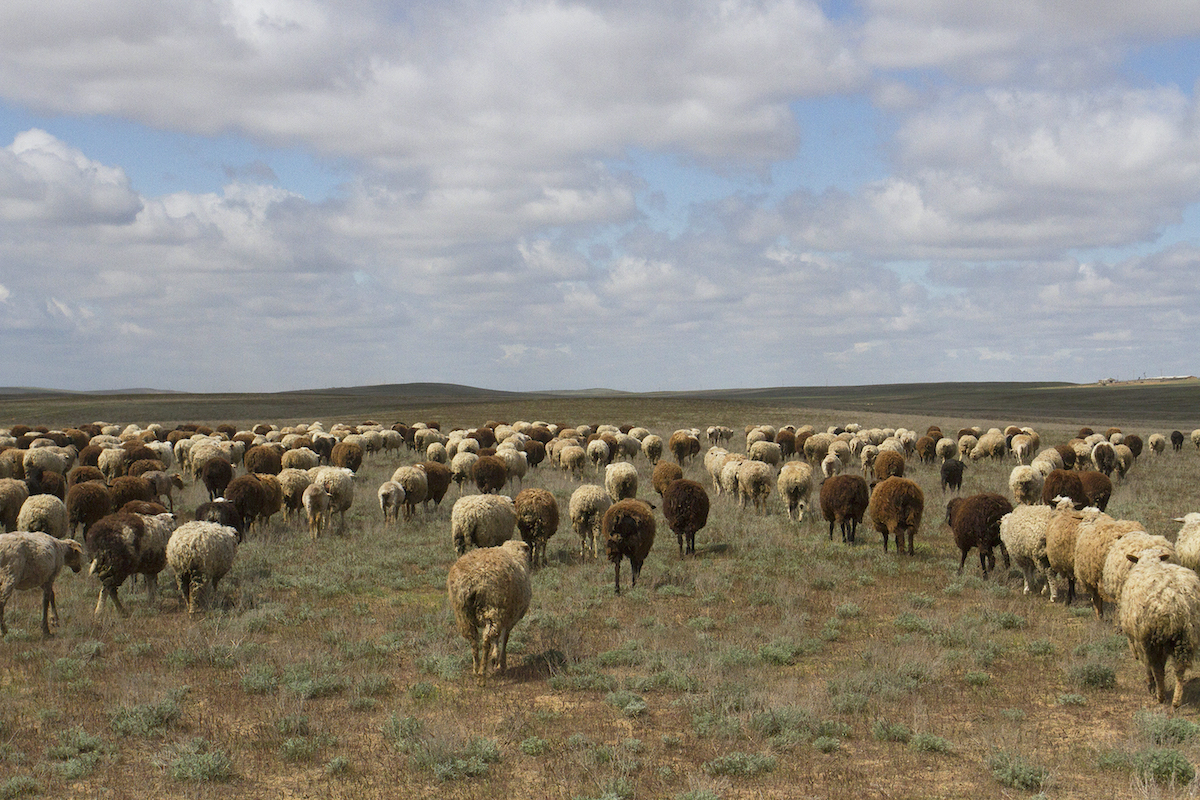
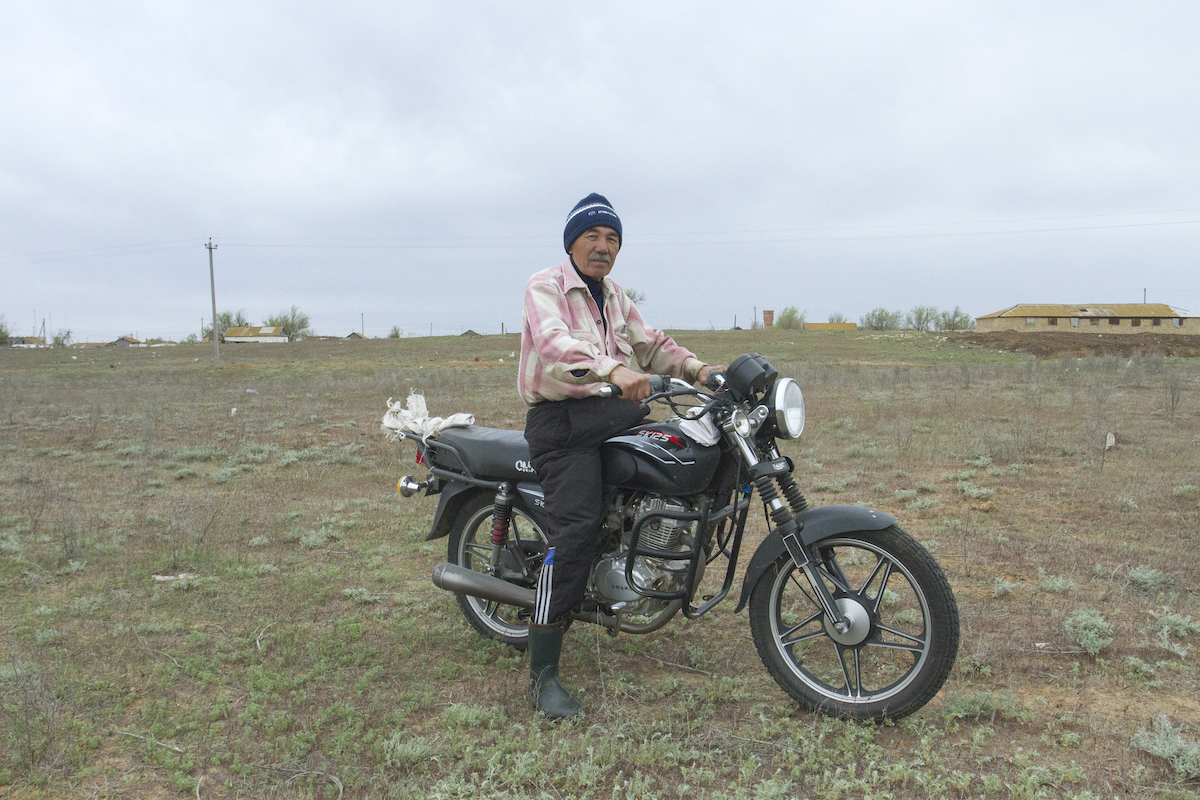
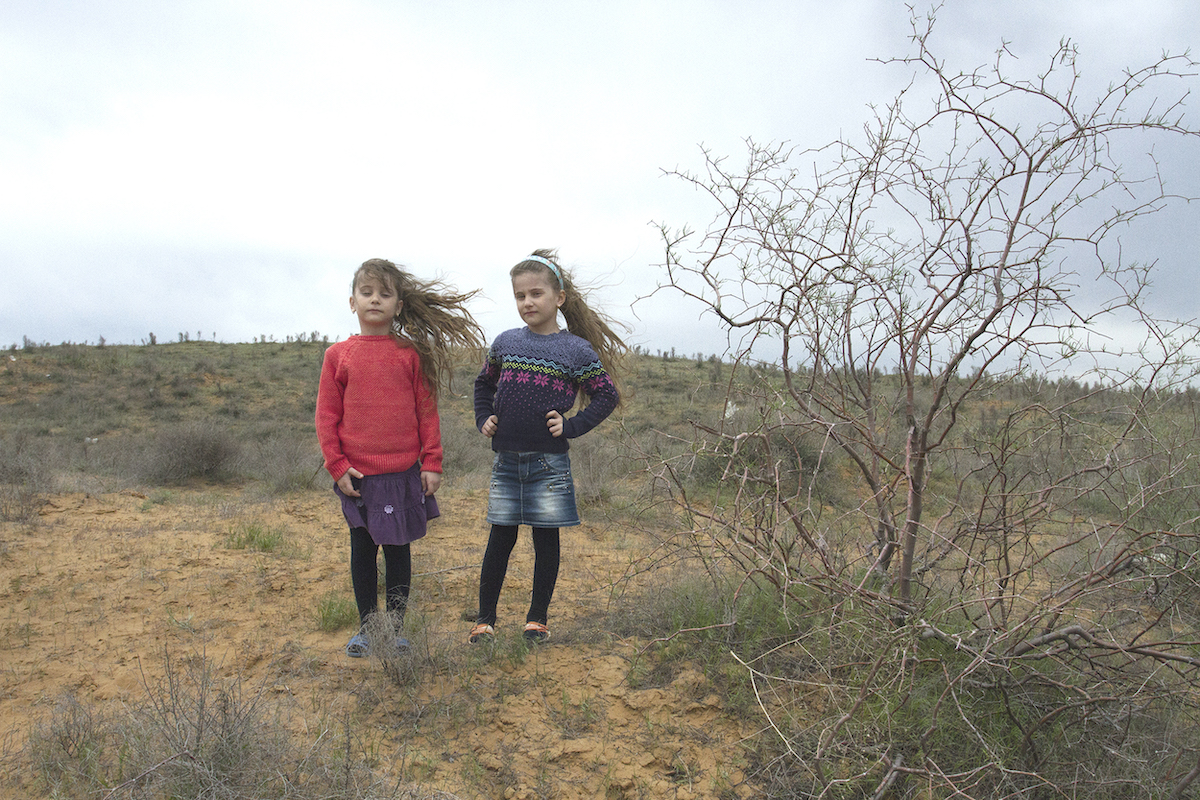
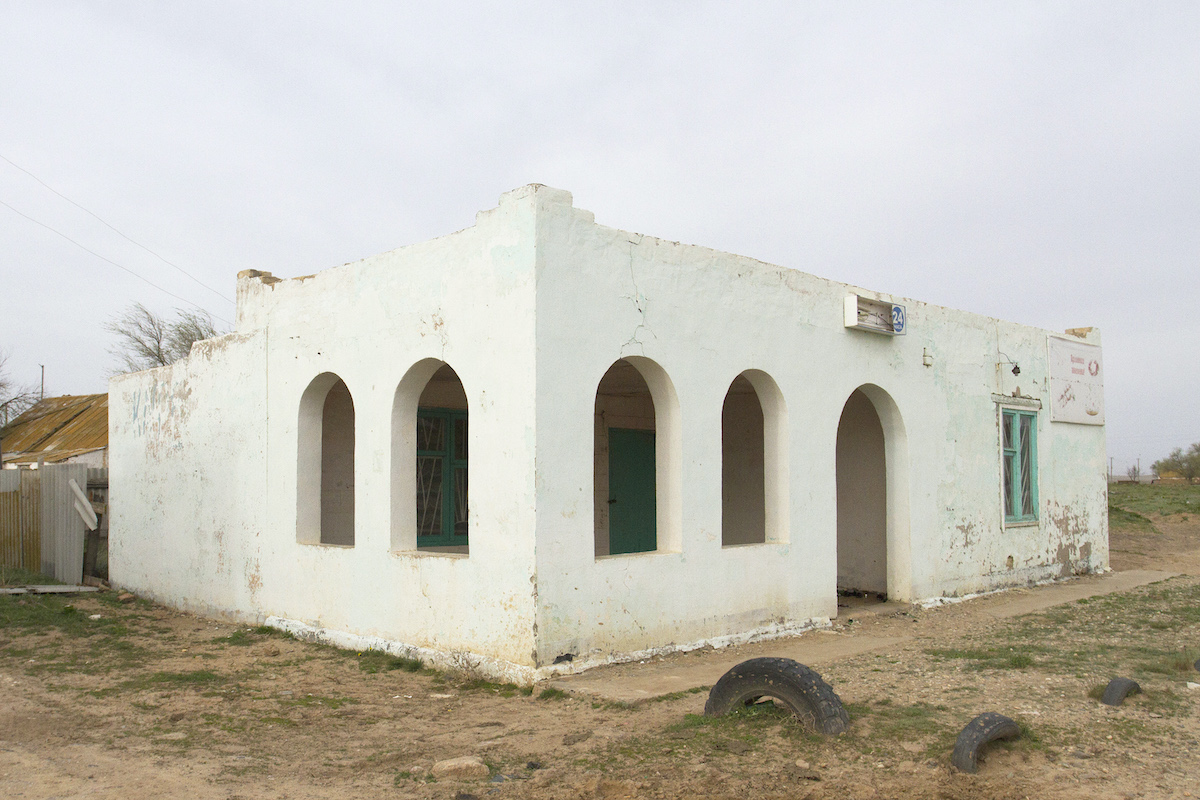
Local people often came to Nazarov’s aid throughout his trip, providing both directions and shelter. Sometimes, however, they also unwittingly exposed him to the very core of the problem he came to photograph: large-scale farming that the land can no longer support. One of those Nazarov met along the way was Rizvan, a biker running a small moto workshop in the desert. He wanted to surprise Nazarov, and took him to what turned out to be a massive sheep slaughter. “Rizvan had a side job. He was in charge of killing 150 sheep to be sent to a customer in Moscow. In 20 minutes, I was done. I just couldn’t stand it,” says Nazarov.
The local government now provides farmers with subsidies to encourage the planting of trees, but large-scale grazing has never been officially banned. For families teetering on the edge of poverty, to stop such practices is not just unthinkable, but also financially impossible. In the meantime, Kalmykia teeters on the brink of becoming a wasteland.